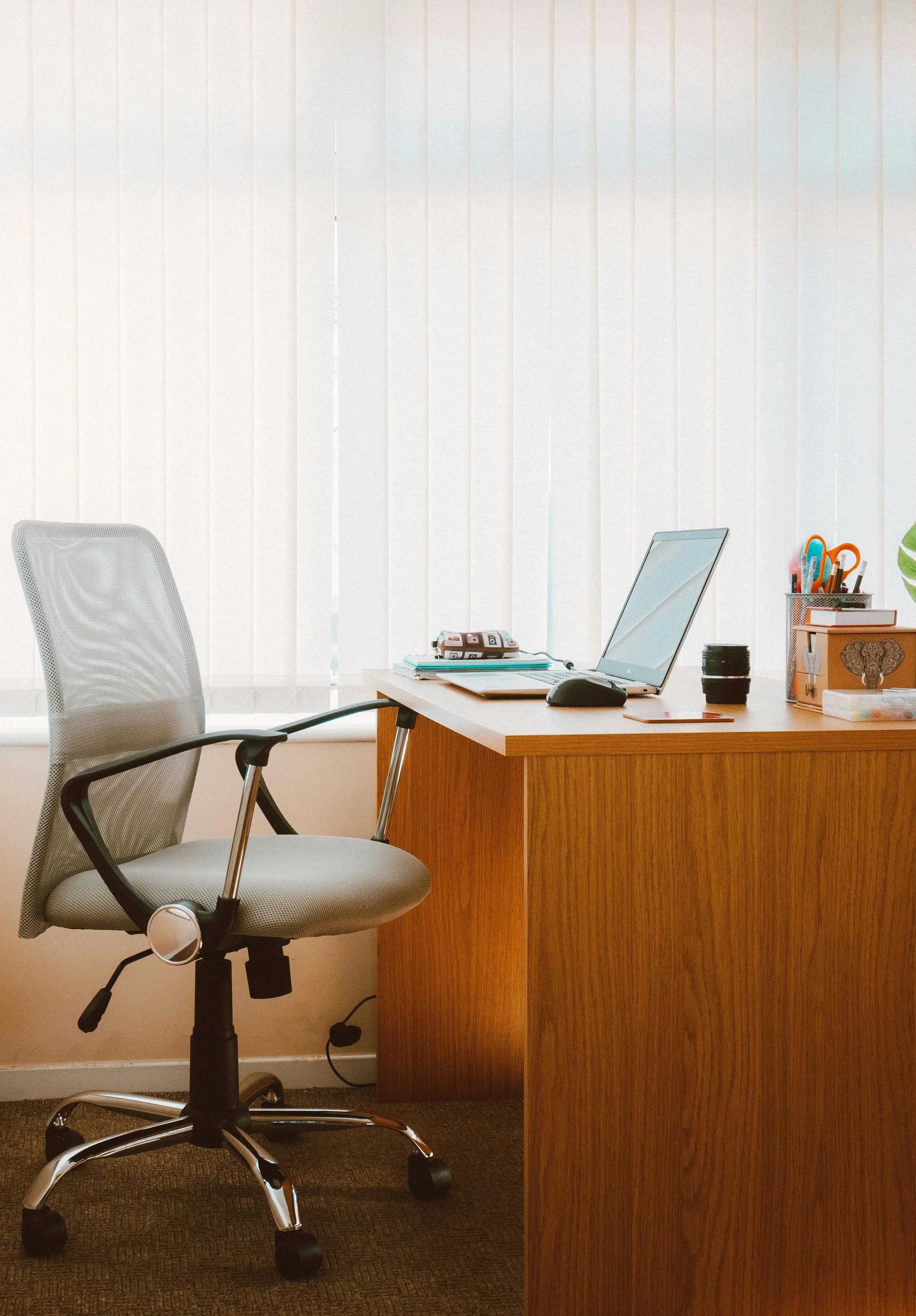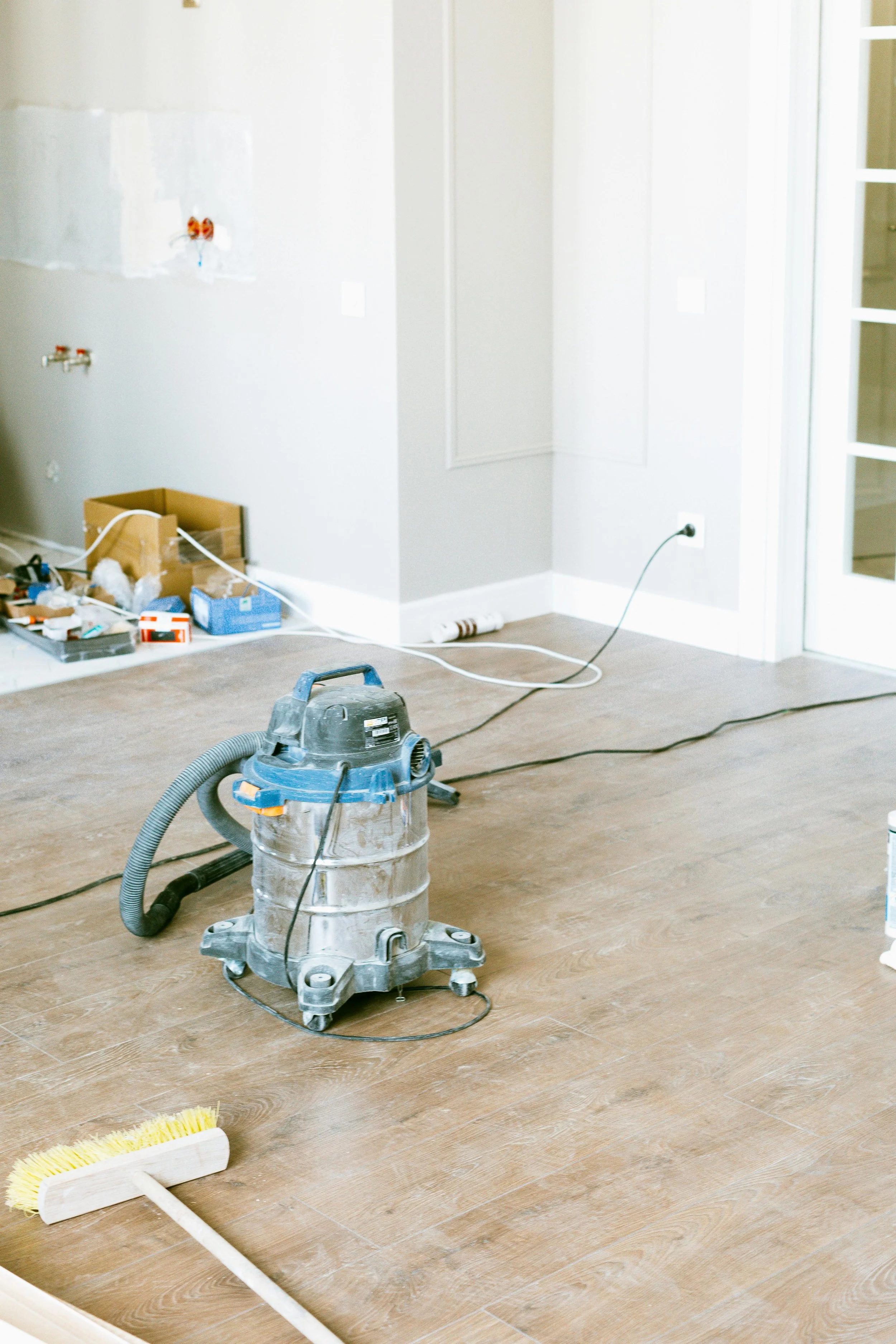Crafting Your Perfect Garden Room: Essential Tips for Creating a Serene Outdoor Retreat
RH Business Marketing Solutions
A garden room is more than just an outdoor space – it's a sanctuary where you can escape the commotion of daily life and connect with nature. Whether you have a sprawling backyard or a cozy balcony, creating a well-designed garden room allows you to maximize your outdoor living experience and cultivate a peaceful retreat right in your own backyard.
Choosing the Right Location
Selecting the optimal location for your Garden rooms set the stage for a relaxing and enjoyable outdoor experience. Consider the following factors:
Sun Exposure: A sunny location may be ideal if you enjoy sunbathing or outdoor dining. For those seeking shade and respite from the sun, a partially shaded area or a spot under a tree may be preferable.
Privacy: Create a sense of seclusion and intimacy by positioning your garden room away from prying eyes. Strategic placement of fencing, hedges, or trellises can help enhance privacy and create a cozy atmosphere.
Views: Take advantage of scenic vistas and natural features in your garden, such as lush greenery, flowering plants, or water features. Garden rooms can maximize views and create a tranquil backdrop for relaxation and contemplation.
Designing for Comfort and Functionality
Once you've chosen the perfect location, focus on designing your garden room for comfort and functionality. Consider the following design elements:
Seating: Select comfortable, durable outdoor furniture that suits your needs and preferences. Whether you prefer lounge chairs for sunbathing, a cozy sofa for outdoor gatherings, or a bistro set for intimate meals, choose seating options that invite relaxation and enjoyment.
Shade and Shelter: Provide protection from the elements by incorporating shade structures such as umbrellas, pergolas, or retractable awnings. Consider adding outdoor curtains or screens for additional privacy and shade during hot summer days.
Lighting: Extend the usability of your garden room into the evening hours by integrating proper lighting. Options include string lights, lanterns, sconces, and solar-powered path lights.
Greenery and Landscaping: Enhance the beauty and tranquility of your garden room with lush greenery and landscaping. Incorporate potted plants and vertical gardens to add color, texture, and fragrance to your outdoor space.
Organizing Your Garden Room
Organizing your garden room effectively ensures that it remains clutter-free and functional for your desired activities. Consider the following organization tips:
Zones: Divide your garden room into distinct areas for different activities, such as dining, lounging, gardening, and play. Use furniture placement or outdoor rugs to delineate each area and create visual boundaries.
Storage: Incorporate storage solutions such as outdoor storage benches, cabinets, or sheds to keep gardening tools, cushions, and other outdoor essentials neatly organized and out of sight when not in use.
Accessibility: Ensure that pathways and seating areas are easily accessible and free from obstacles to accommodate guests of all ages and abilities. Consider installing ramps or handrails for accessibility if needed.
Maintenance: Establish a regular routine to keep your garden room clean, tidy, and inviting. Sweep pathways, remove debris, and water plants regularly to keep your outdoor space beautiful and welcoming year-round.
Conclusion: Creating Your Outdoor Haven
By carefully selecting the right location, designing for comfort and functionality, and organizing your garden room effectively, you can create a serene and inviting outdoor haven that enhances your quality of life and allows you to enjoy the beauty of nature. Whether you're seeking relaxation, entertainment, or a peaceful retreat, your garden room has the potential to become a valued sanctuary where you can unwind, recharge, and connect with the great outdoors.




















